Explaining every faction in Fallout 4 seems deceptively simple. After all, the game only has four main factions and their motivations are quite simple. But while the game lacks the web of political interests of Fallout 2 or the complex factions of Fallout: New Vegas, it still comes with a solid mix of series staples and new regional groups warring for control of Boston’s Commonwealth area. This is who they are.
All Fallout 4 Factions Explained
The Brotherhood of Steel
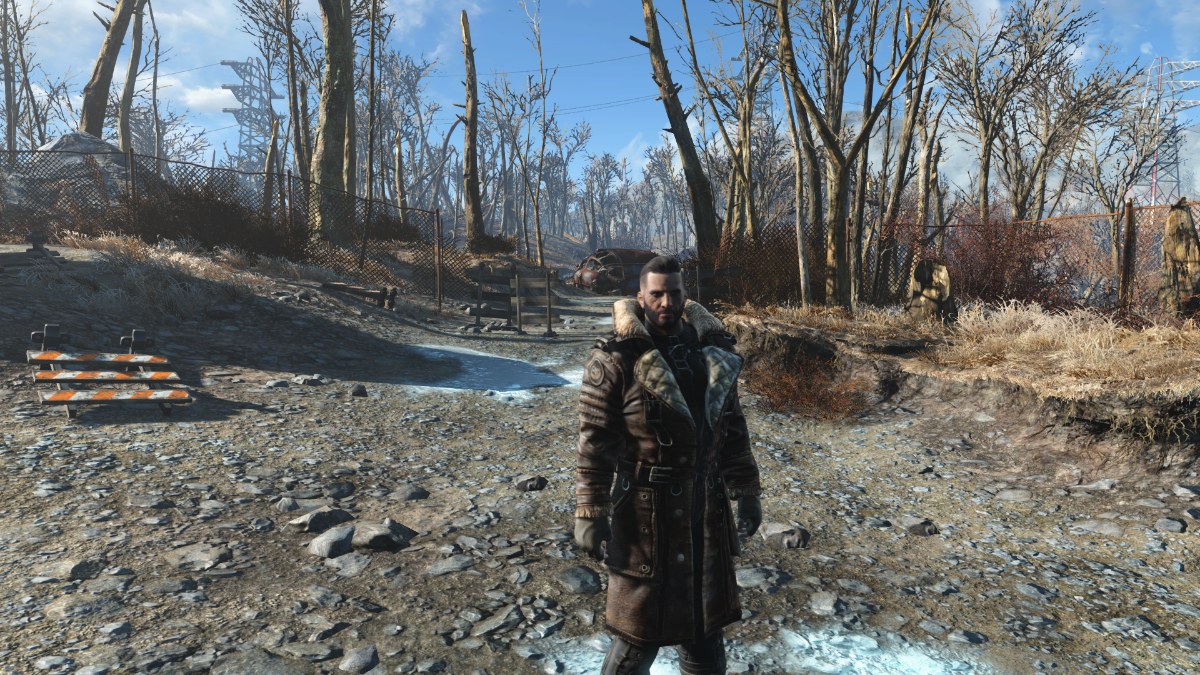
The Brotherhood of Steel has changed significantly during the course of the Fallout series. Fallout 3 used the Brotherhood of Steel as a fundamentally good faction, juxtaposed by the far more sinister Enclave. Fallout 4, on the other hand, understands that the warmongering, fearmongering monastic order that sees itself as the only worthy owner of pre-war weapons is at least a bit troubling.
In Fallout 4, the Brotherhood is a sign that the world is going through a new dark age. Their scribes hoard old-world tech in a fortress while their Knights and Paladins charge into battle in pre-war power armor suits. It’s not a subtle metaphor, and it’s not trying to be.
The Brotherhood of Steel is often hostile to mutants, ghouls, and anything else who isn’t human. Originally led by an insurgent US Army captain, the Brotherhood also fears the misuse of pre-war tech. This often turns the organization into a reactionary force, hostile to anyone who shows interest in the old world. Arthur Maxson, the Brotherhood of Steel leader from Fallout 4, is the product of this fear.
The Minutemen
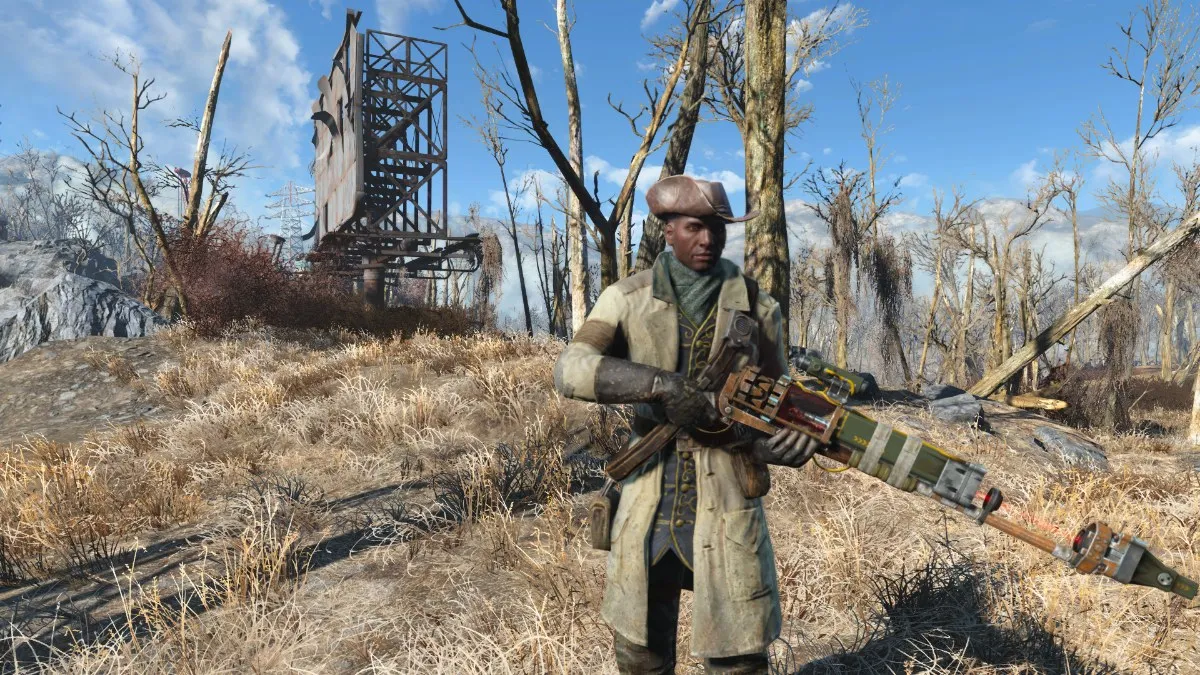
Unlike any other faction in the game, the Minutemen’s first appearance is right in Fallout 4. The Minutemen faction is inspired by the American Revolutionary War militia of the same name. However, the two groups don’t have much in common besides their love of (laser) muskets.
Both Minutemen groups are painted as the uncomplicated good guys, too; one by history, the other by Bethesda. That said, it would be impossible for any real-world group to be as relentlessly, straightforwardly nice as the militia in Fallout 4.
The story of Fallout’s Minutemen starts with a historic defense of Diamond City, the biggest independent town in the world of Fallout 4. But that was a long time ago, as was every other major victory for the faction. When the player meets them, the Minutemen and their leader, Preston Garvey, are a handful of people with an ideal: to protect the people of the Commonwealth from raiders, monsters, and other factions.
The Institute
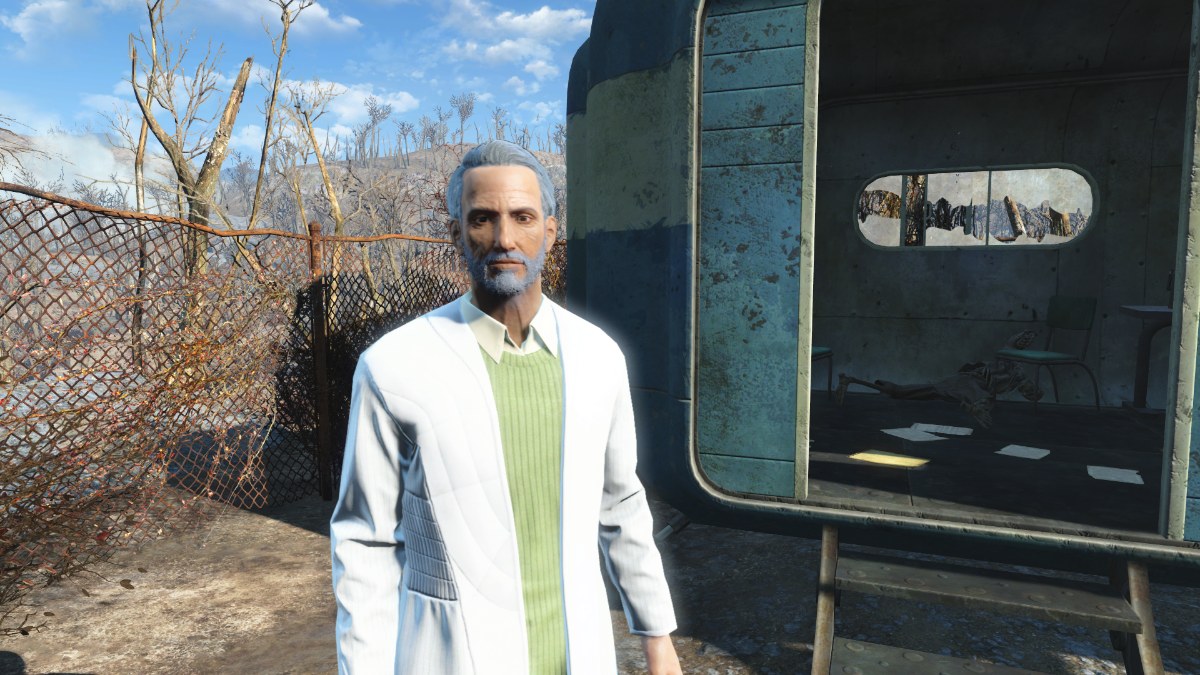
The Institute is a research center originally built by former members of the Commonwealth Institute of Technology. They are most famous for creating the android-like Synths. While synths are mostly a source of labor, they are occasionally employed as spies and soldiers. Sometimes, synths become sentient and try to flee their former masters, too.
The Institute found its place in the Fallout universe through a unique side story in Fallout 3. During this quest, an Institute scientist asks the protagonist to recover a runaway synth. The player can agree, forcing the android back to its thinly veiled slavery allegory or helping him escape.
The role of the institute was greatly expanded in Fallout 4, but the faction’s morals didn’t change one bit. This time around, the whole main quest revolves around their experiments and the Commonwealth’s synth paranoias. However, the Institute is still posing the same moral question, with little wiggle room for the player to argue their case.
The Railroad
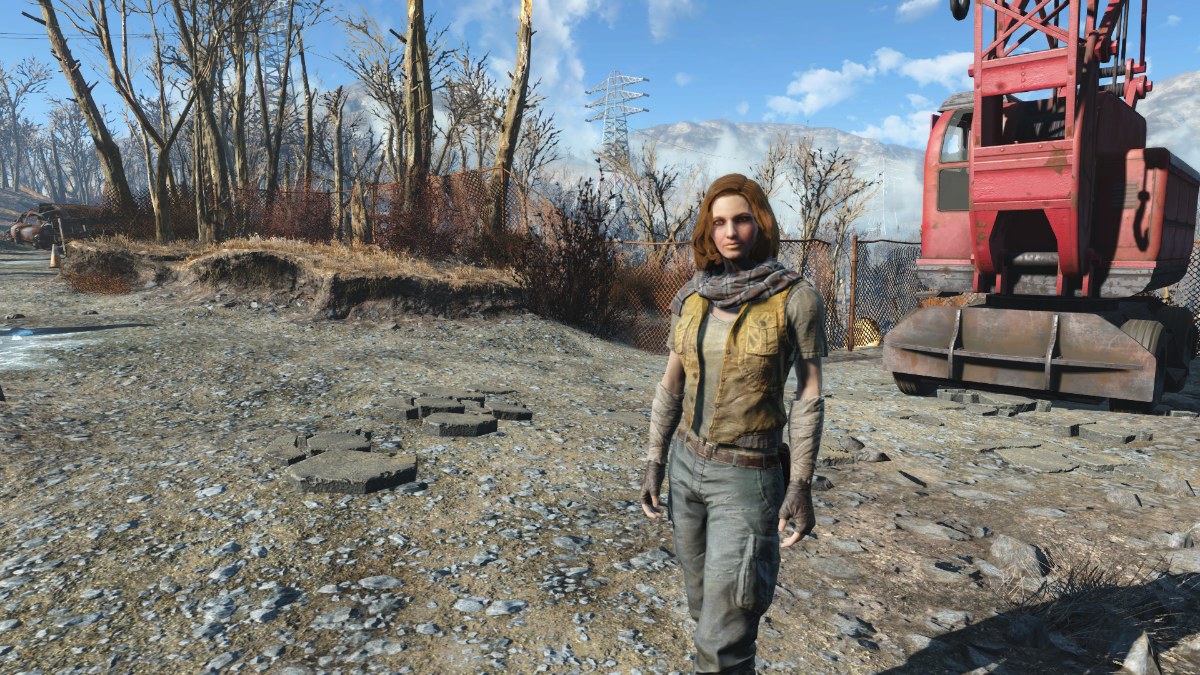
Just like the Institute, the Railroad isn’t a completely new faction, briefly appearing in a Fallout 3 side quest. However, this is the game in which this faction really comes into its own. It shares this story with the Institute, its archnemesis, as if the two could only exist when the other is there to oppose them.
The Railroad takes its name from the historic Underground Railroad, a network of tunnels and safehouses spanning the entire United States by which upwards of 10,000 slaves found their way to freedom. Fallout 4’s Railroad, then, can only exist if it has a similar evil to oppose. An evil which the game finds in the Institute and its synths.
Fallout’s Railroad is dedicated to freeing awakened synths from the Institute. Their role as a force for good is defined in opposition to the Institute, even if the game stops shy of outright calling the institute evil.
Those are all the factions in Fallout 4. If you’re thinking of starting your adventure in the wasteland, make sure to check out our best mods list and our Fallout 4 guides hub.

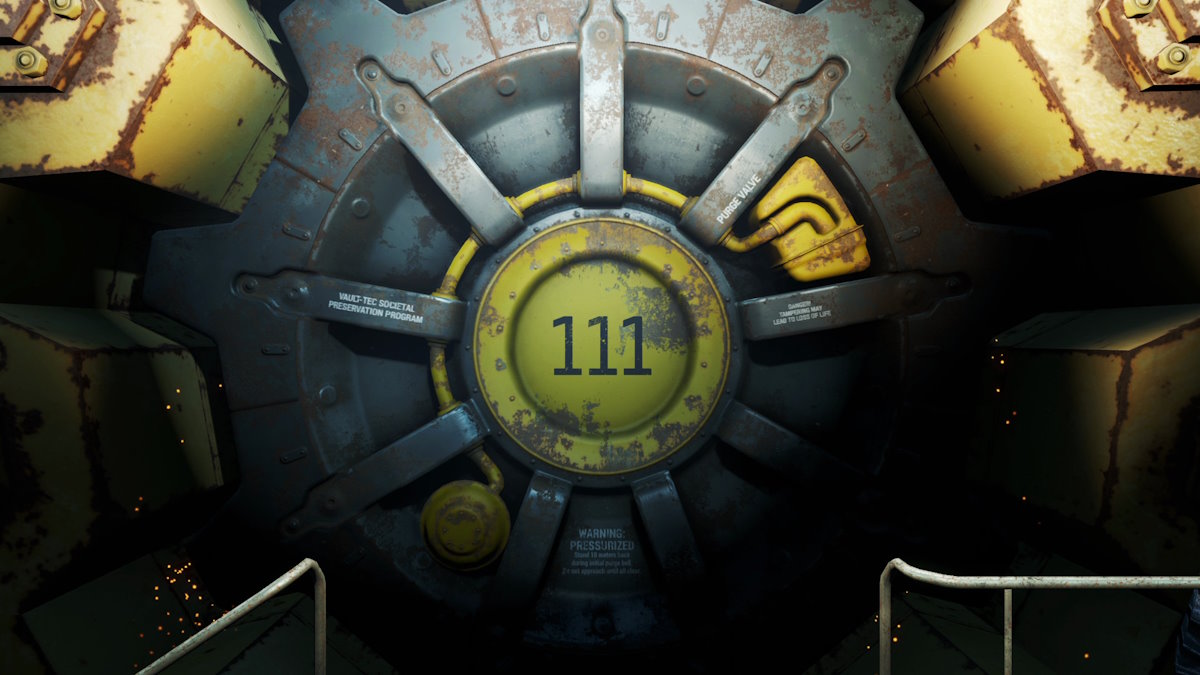

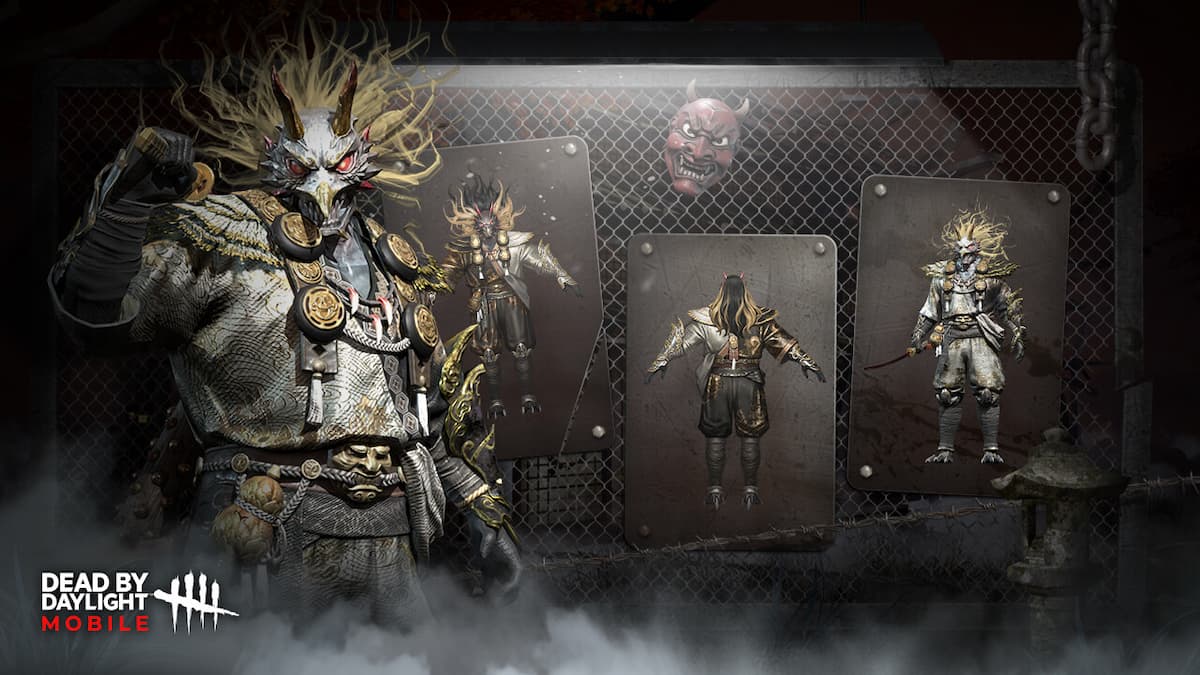
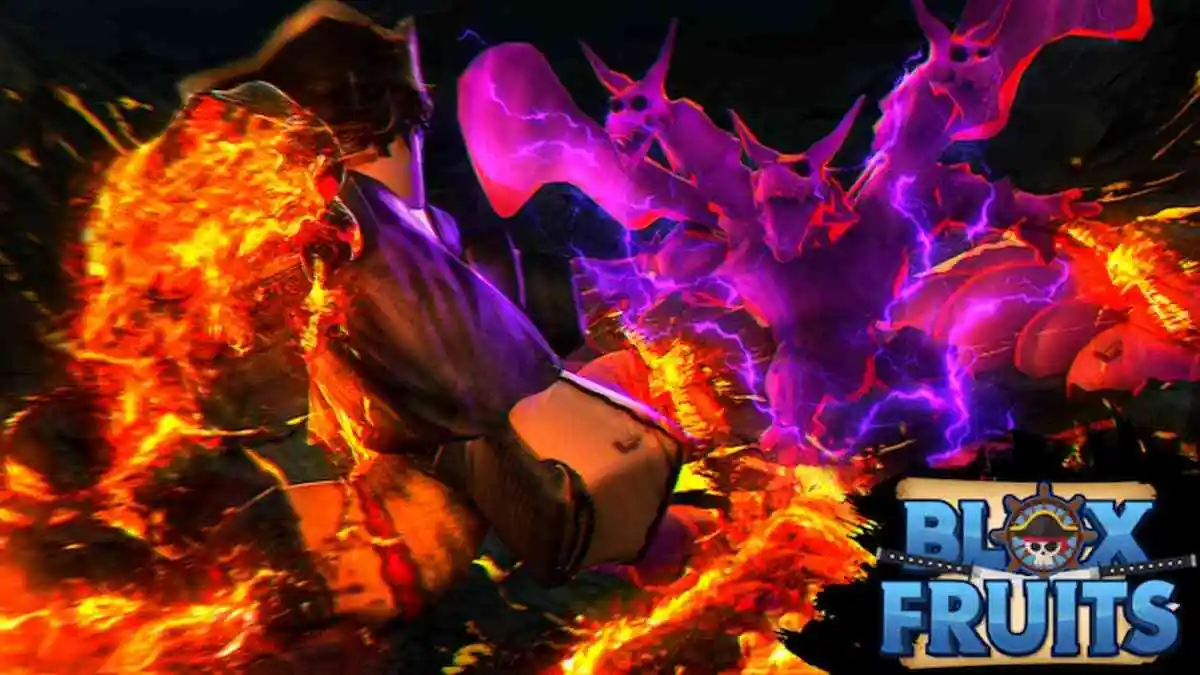


Published: Apr 25, 2024 05:04 pm